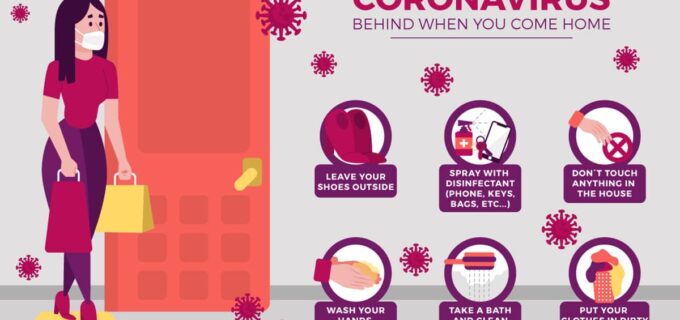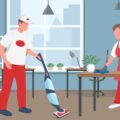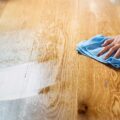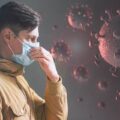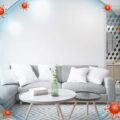By now, everyone understands how COVID-19 negatively affects our respiratory system and impairs our neurological system. It can range from mild symptoms like coughing and a sore throat to an acute sense of taste and smell. Research also states that you can acquire Corona by being in contact with virus-infected surfaces such as tables, chairs and beds. If you’ve come into contact with these areas and place your hands on sensitive areas on your body such as your eyes and nose then you may be prone to COVID. Luckily, there are multiple ways to mitigate the risks of acquiring COVID and it all starts in your home.
Why Sanitization is Vital
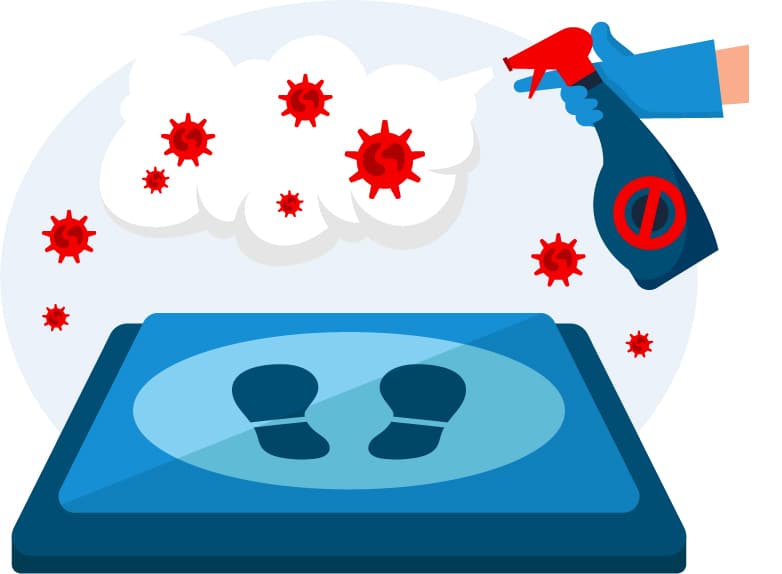
There’s a big difference between cleaning, sanitisation, disinfection and sterilization. Cleaning simply means removing dirt and impurities from surfaces or objects to make them look cleaner, neater or tidier. It also means physically removing germs from surfaces using basic soaps or detergents. Sanitization is a deeper form of cleaning that helps to reduce the microorganisms to a safe level for people to use. Disinfection is all about removing vegetative pathogens using strong cleaning agents like 70% isopropyl alcohol. Sterilization, on the other hand, is about multiple processes. The most common method is by using an autoclave to completely remove all bacteria from the surfaces.
Sanitization vs Disinfection
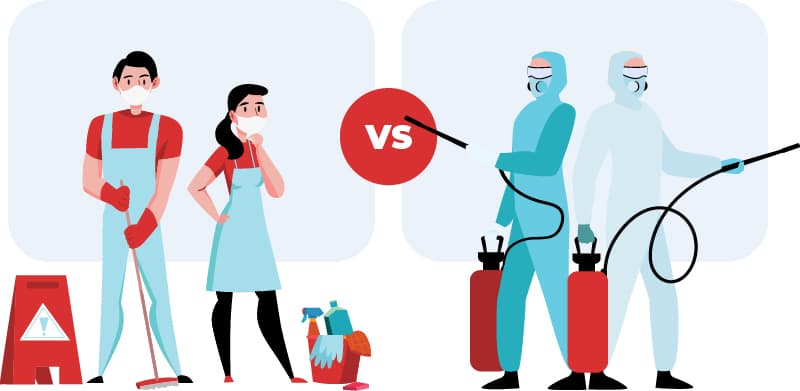
There are legally defined definitions between sanitizing and disinfecting and it’s about how much bacteria you’re killing on the surface. Sanitizing cleans about 99.9% of germs, reducing the number of bacteria tremendously. Sanitization mostly used for food preparation, kitchen counters and even bathroom surfaces. Disinfecting on the other hand has a 6 log reduction and kills about 99.9999% of bacteria until a surface is free of microscopic organisms. The dwell time also measures how long a cleaner should stay on a surface before wiping to kill the bacteria. An effective disinfectant spray can help eliminate virtually all the germs on a surface so you won’t need to worry about contracting any viruses.
Disinfecting Packages Properly
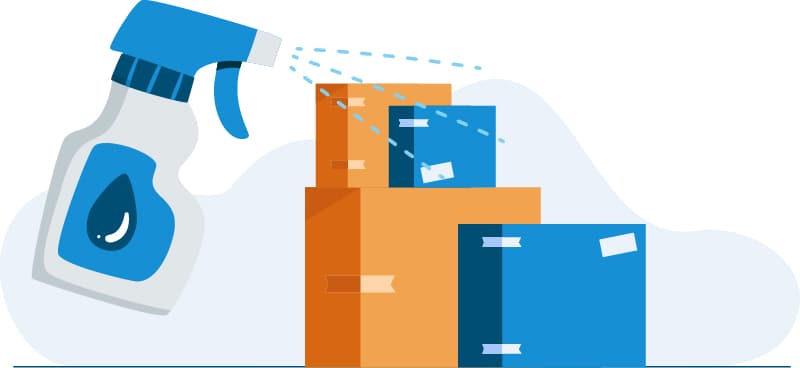
The coronavirus is known to stay on cardboard for around 24 hours and on plastic for up to 3 days. It’s important to note that the virus becomes noticeable with time and its lifespan can decrease tremendously when being left on a surface. Decontamination is vital in making sure the virus doesn’t spread but if you don’t have the means then sanitization should do the trick too. Decontamination and disinfection services offered by Singaporean companies are also an important idea if you have high-risk individuals at home and feel that you need a peace of mind.
Disinfect Packages Before Grocery Shopping
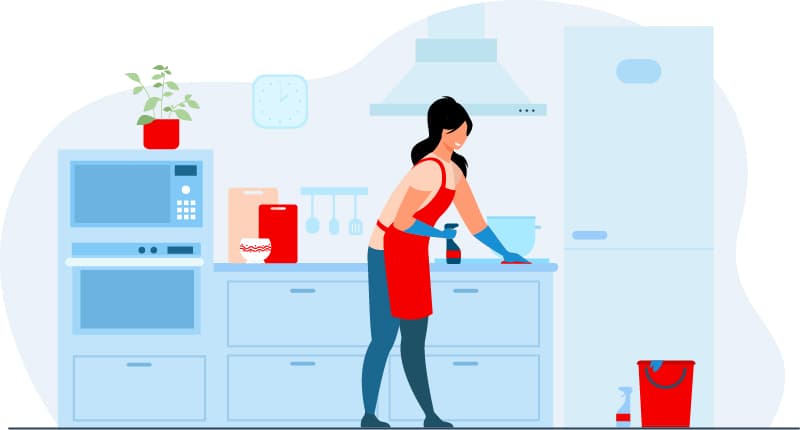
Right before you step outside of your house and embark to the grocery or mall for your supplies, preparing a decontamination zone at home is important. You can pre-clean the kitchen area or the living room where you’ll put down the groceries. You can cover the floor with plastic or simply get a wastebasket filled with plastic to dispose of extra material. Make sure to have scissors handy too.
How to Minimize the Risk from Groceries and Packages
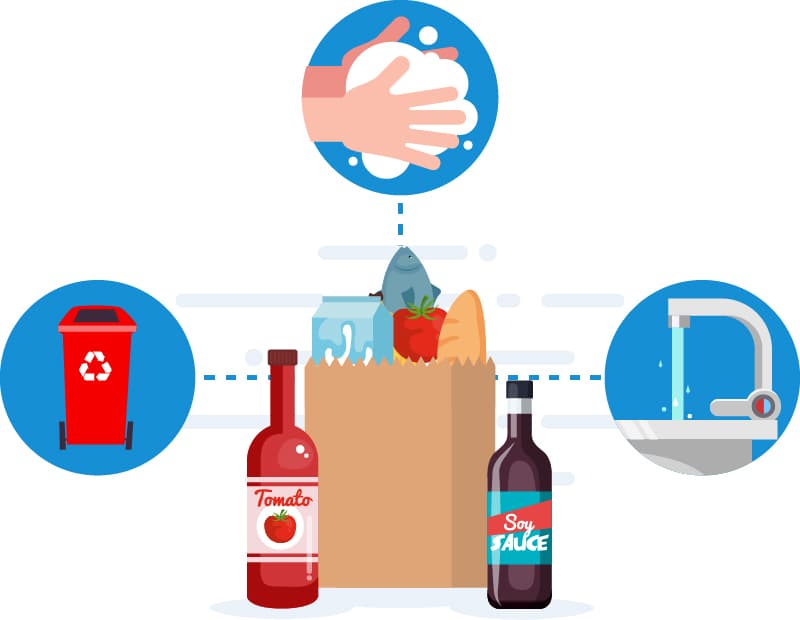
Before unpacking anything, make sure to wash your hands first. Then bring the groceries to the cleaning area and make sure that antimicrobial surface protection has been applied so as not to contaminate your living space. An Antimicrobial protect is easy to use with long last protection. It is non-toxic, kills bacteria and viruses and works on all surfaces.
For fresh produce and veggies:
- Clean your hands thoroughly
- Put the veggies and produce in a basket and wash it in the sink
- Put the plastic bags in the decontamination area and wash your hands again
- Soak the produce in your produce friendly cleaning agents
- Scrub them
- Leave them on a cloth to dry
Extra tip: It’ll be handy to have a pair of disposable gloves nearby. So when you buy groceries or go outside, you can simply use the gloves and chuck them away when you’re done. Always make sure to wash your hands before and after putting on the gloves to decrease the risk of getting Corona.
Decontaminate The Right Way For a Corona-Free Home
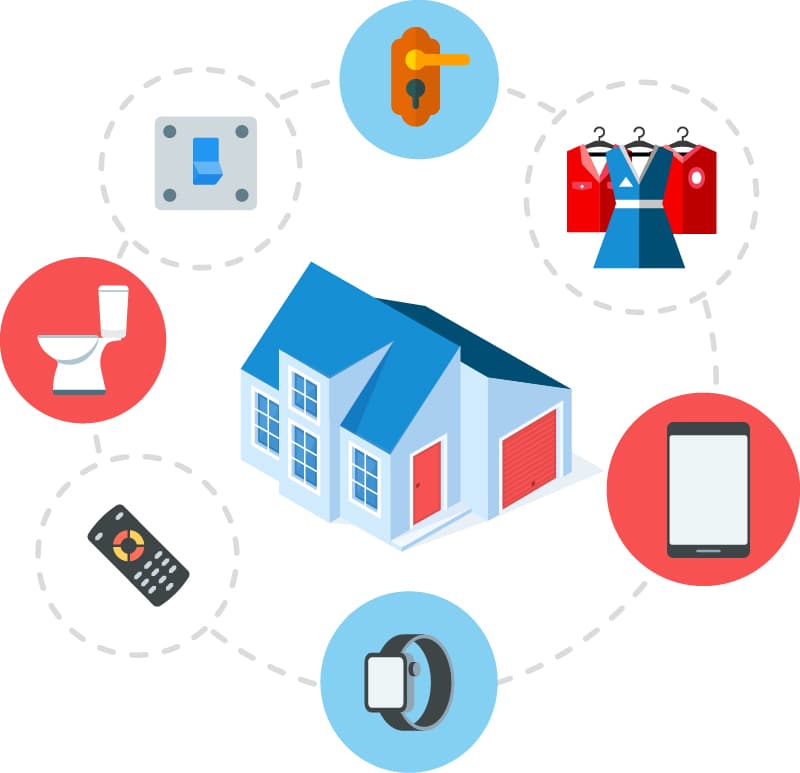
It’s important to clean areas in the home weekly or even every 2 days to make sure your living space is disinfected and you can live in your home in peace.
Key high touch surfaces to that are important things to clean:
- Light switches
- Bathrooms
- Clothing including shoes and bags
- Countertops
- Door handles
- Sinks
- Cellphones, remote controls and other gadgets
Disinfecting Semi and Non-Porous Surfaces
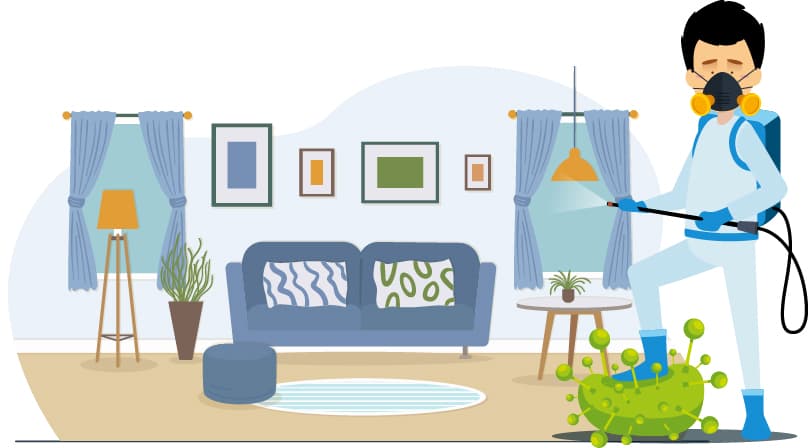
Porous surfaces are areas in your home where water or vapour can seep through including cardboard, untreated wood and fabrics. Non-porous surfaces are your regular glass, plastic or wooden surface and these should be cleaned thoroughly. You can use EPA-endorsed wipes, sprays, and solutions and also a microfiber towel for cleaning.
- Make sure to clean the surface with soap and water or any cleaning agent
- Let the mixture sit for 2 minutes
- Make sure the windows are open for proper ventilation
- Wipe down with a microfiber cloth
How to Leave COVID Behind When You Arrive Home
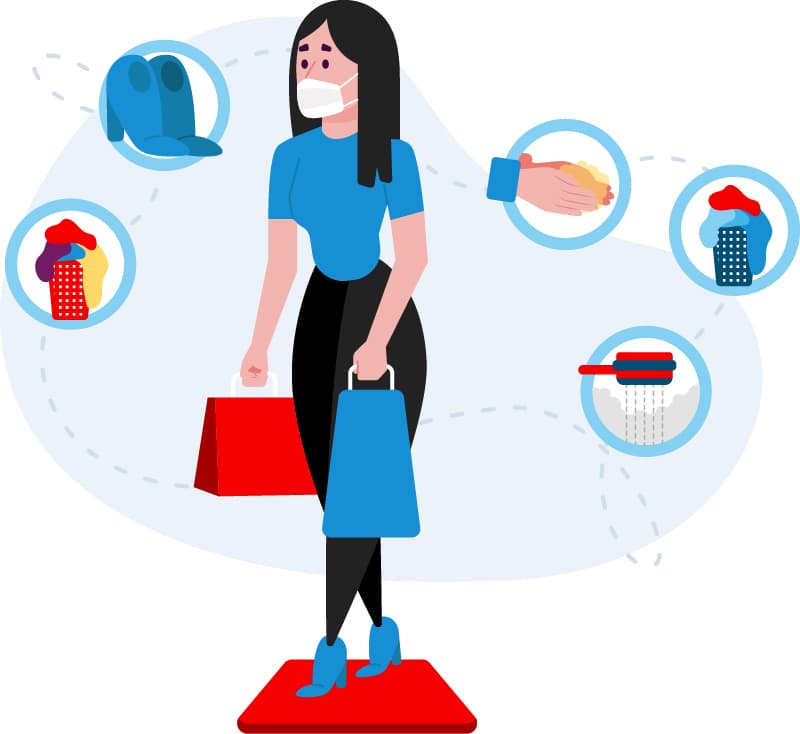
- Leave your shoes outside your home (if you can)
- Wash your hands immediately when you go home
- Put your dirty clothes in the wash
- Shower before interacting with other members of the household
- Tie your hair up if it’s too long
Related Posts
- Coronavirus – Protecting Your Indoor Surface
- How to Clean and Disinfect Your Home: Limiting Coronavirus Exposure
- How Covid-19 Spreads and How to Prevent It
- Singapore’s Leading Waste Management Company Deploys Antimicrobial Preventive Measure to Protect Staff & Assets
